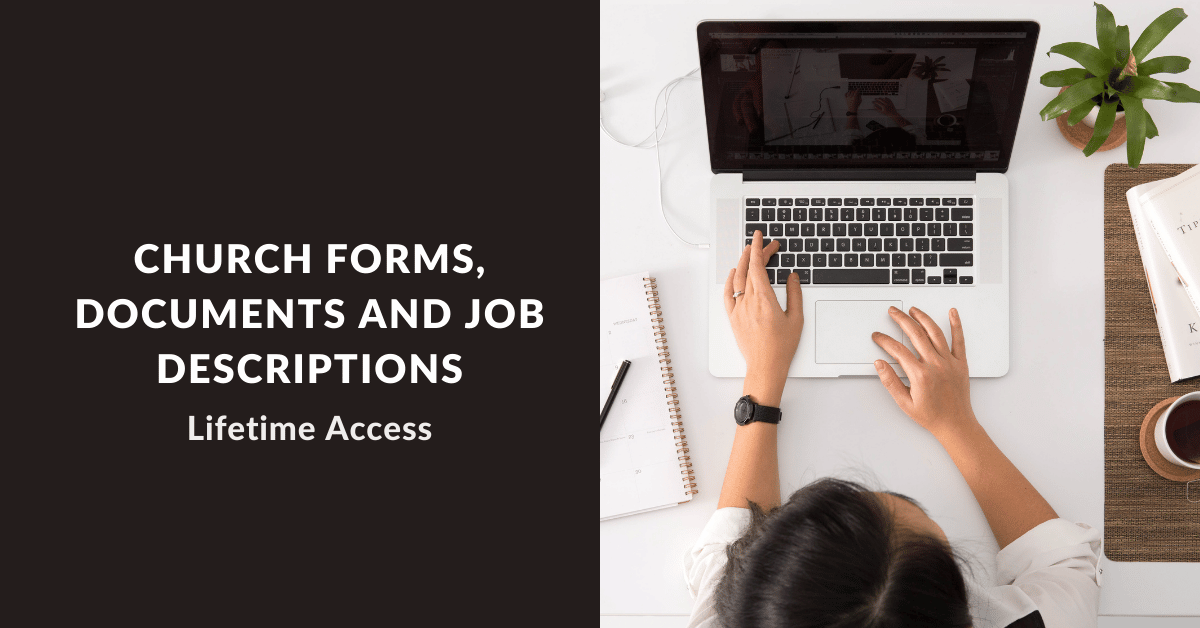Estimated reading time: 6 minutes
Those of us who have been in the workforce for a while can probably name a time or two when we went to work and didn’t feel good.
It was a statement of our commitment to the organization.
If we felt good enough to get out of bed, we went to work. My rule was if I didn’t have a fever and if I was vomiting, I was ok to go to work.
The Covid Pandemic Changed That Mindset
Covid made us all more aware of the dangers of being around people if we didn’t feel good.
The media was constantly telling us we were putting others at risk.
Concern for the spread of the virus had most people erroring on the side of caution instead of exposing someone to illness.
Life as we knew it changed forever.
The good news is the pandemic is behind us. However, the fear of illness lingers. We are all more aware of making others sick.
What do you do when employees call in sick when they aren’t?
A CareerBuilder survey found that 40% of workers who called in sick were not sick.
The reason for missing work varies, but many employees call in sick because they don’t feel like going to work or have personal business to attend to.
This predictable behavior is why many organizations now use a paid benefit model that combines vacation time with sick and personal time.
In this model, earned paid time hours are combined into a bank of hours referred to as paid time off (PTO) or earned time off (ETO).
PTO Offers Flexibility
This model allows employees to manage their hours and decide when to take time off.
Employees like the flexibility of this kind of model because of the competing responsibilities with their home life.
For instance, a young mother can leave work early to meet their child’s teacher in the afternoon.

Employers like this model because they can better plan for employee absences.
These paid time bank of accrued hours allow employees to choose how and when to take their time.
Whether that is vacation, caring for a sick loved one, or merely a mental health day (that we all need now and then)!
Case Study
I worked for an organization that gave employees one week of paid vacation after the first year of employment and two weeks after being on the job for two years. It took two years to get two weeks of vacation.
However, employees earned one paid sick day a month or 12 sick days per year. The employees received more sick time than vacation time!
Employees Were Incented To Call In Sick
When I started working for this organization, I was stunned by how many employees called in sick – almost daily.
Employees rarely called in sick in any other organization where I had worked, so this was puzzling to me.
After talking to employees and watching their behaviors, I soon learned that employees used their sick time to compensate for their minimal vacation time.
The generous bank of sick hours proved to be an incentive for employees to call in sick. Not its intended purpose.
It’s Difficult To Cover A Shift Last Minute
The problem with this model was that the organization had difficulty covering shifts when an employee would call in sick at the last minute.
This caused many departments to scramble at a moment’s notice to ensure all areas were covered.
The leadership team spent a couple of months drafting a new PTO policy.
This team recommended transitioning the organization from vacation and sick time hours to a combined bank that included both hours – Paid Time Off (PTO).
The policy, which was approved and later rolled out, allowed an employee to accrue:
| Sick Time – 56 Hours | 7 Days |
| Vacation Time – 80 Hours | 10 Days |
| Total PTO Hours – 136 Hours | 17 Days |
This was the equivalent of what employees were getting before the change.
The difference was that those hours were not in a bank that had flexibility in its use.
We also added increased levels of PTO as employees met key milestone years.
For example, in the 10th year of employment, an employee would receive an additional 40 hours or 5 days of PTO to their bank, giving them a balance of 176 earned hours or 22 days per year.
This increase happened every five years and maxed out at 25 years of service.
So what happens if an employee has an extended illness?
We also created an extended illness bank (EIB) of hours that could only be used with an illness greater than three days, like Maternity Leave. The intended purpose of this bank of hours was to cover an employee in the event of a sudden illness or injury.
The EIB bank accrued 40 hours or 5 days a year.
The combined benefit of PTO and EIB provided employees the flexibility to take time away from work for any reason. An EIB provides a cushion for employees with serious health conditions.
We were excited to share this new model with employees because we knew it would give them more flexibility with time away from work.
The Roll-out Was Challenging
The challenge came when we had to roll out the new policy.
To do this, we began with a training session.
We met with all employees and shared the new time off model.
We provided example scenarios and shared the difference between the old model and the new model.
For example, the new model could be used for planned or unplanned (sick) time off.
The advantage of this new model was flexibility; it allowed the employees to decide how to use their bank of hours.
There was a lot of pushback and resistance – at least for a few months.
However, once employees started using their PTO and watched their bank of hours grow – they loved it!
Like any other employee benefit, this model requires a bit of administrative oversight to track hours used and planned vs. unplanned hours.
But the end result is an employee base who has the flexibility to use their paid days off for their specific personal needs.
This model served to be a win for employees and a win for the organization.
How does your organization handle paid time away from work?
For an example PTO Policy and Request Form, click here. If you are a member of SCM you can access a copy by logging in here.



